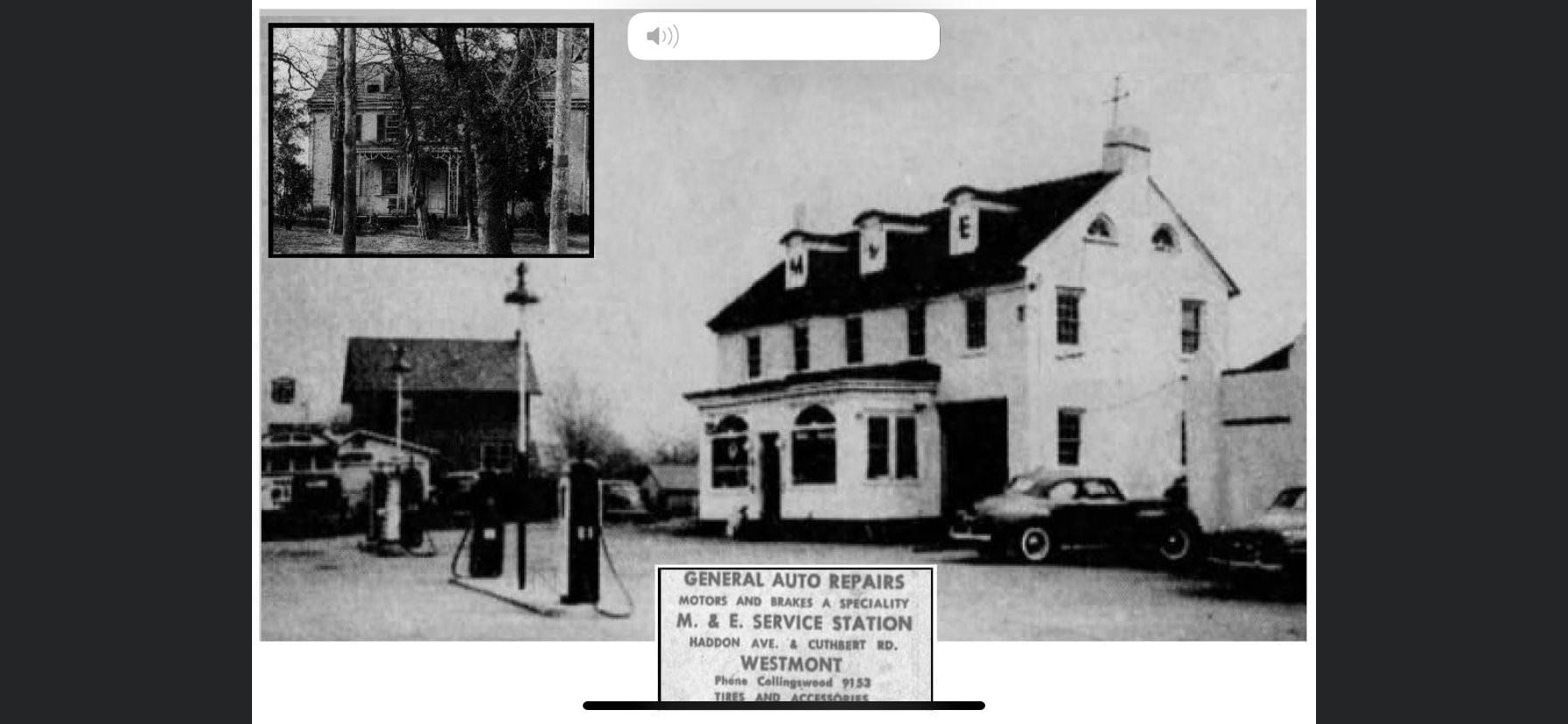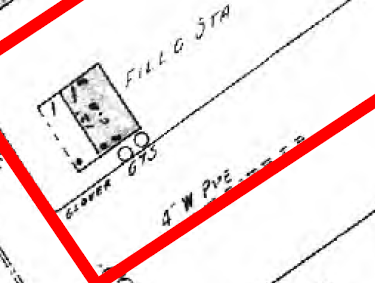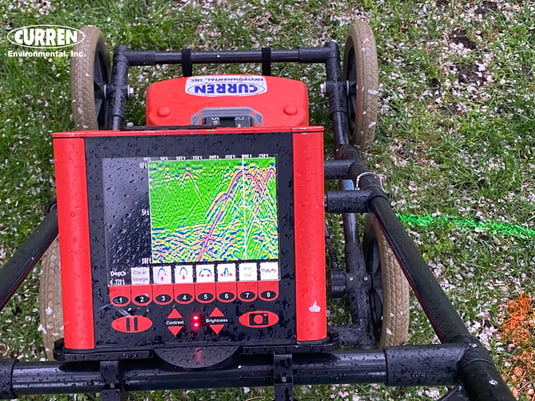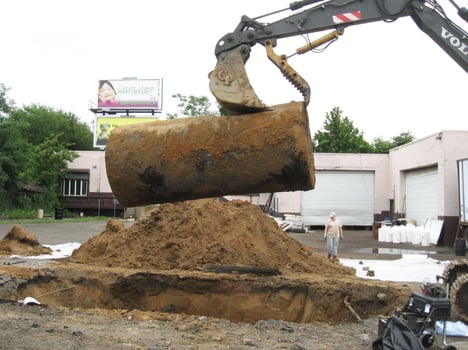A Phase I ESA (Environmental Site Assessment) is historical research to evaluate a property (typically commercial) for past uses of the site that could have had an environmental impact to the property.
What is the difference between a Phase I and Phase II?
- A Phase I is research to find Areas of Concerns (AOCs) or Recognized Environmental Conditions (RECs). In short, a Phase I is meant to identify a particular and/or potential environmental impairment on a property. The Phase I protects a buyer from the property's historical uses. It is research and a walking inspection of a site.
- A Phase II tests for the risk found in the Phase I. A Phase II can include GPR tank sweeps, soil and water testing or exploratory excavation of areas, in short it is more invasive than just looking at a site. A dentist doing an x-ray of your teeth could be viewed as similar to a Phase II
- A Phase III, well that remediates the issue found via a Phase I or II. So if you find a tank or contamination, you remediate it.
No you can't jump to a Phase II and not do a phase I, as you may missing something.
In today's world, we recycle and try to be as green as possible. In the past, that was not always the case. The photo below is a downtown area at the turn of the century. You see a trolley car, a horse and carriage and what looks to be a model T ford. My point is what an area looks like today can be very different than what was present 100 yeas ago.

Take the photo below, it shows a historic filling station (gas station) from the 1920's. The site today is far removed from that use, but if you had a site where you didn't perform a Phase I, would you know the property was gas station in the 1920's? Probably not. If you bought the property without doing a Phase I and later on contamination is found, once you buy the property you buy the environmental problem that comes with it.

The document below is from a Phase I, as you can see this is another property that was a gas station, the two circles in the image with the letters GTS stands for Gasoline Storage Tanks.

You would have to do a Phase II, GPR (Ground Penetrating Radar)/Tank Scan survey to see if these tanks are still present.
Many a Phase I leads to a Phase II which is testing, meaning the Phase I finds a potential issue that has to be verified as an issue or not. Pertaining to suspect buried tanks, a Ground Penetrating Radar (GPR) Survey is a common Phase II activity. The idea of using GPR to scan for tanks is that if the tank is present and the owner didn't know it was there, allows the buyer to request the tank be removed and tested when found.

The image on the screen below is that of a buried petroleum storage tank, which the owner of the property was not aware existed. But now they do and the tank needs to be removed and tested and no the current owner never did any research before buying the property.
The image below shows a tank found from a GPR survey

What happens when a Phase II finds an issue? You do a Phase III, which remediates the issue. In this case the UST was removed.




